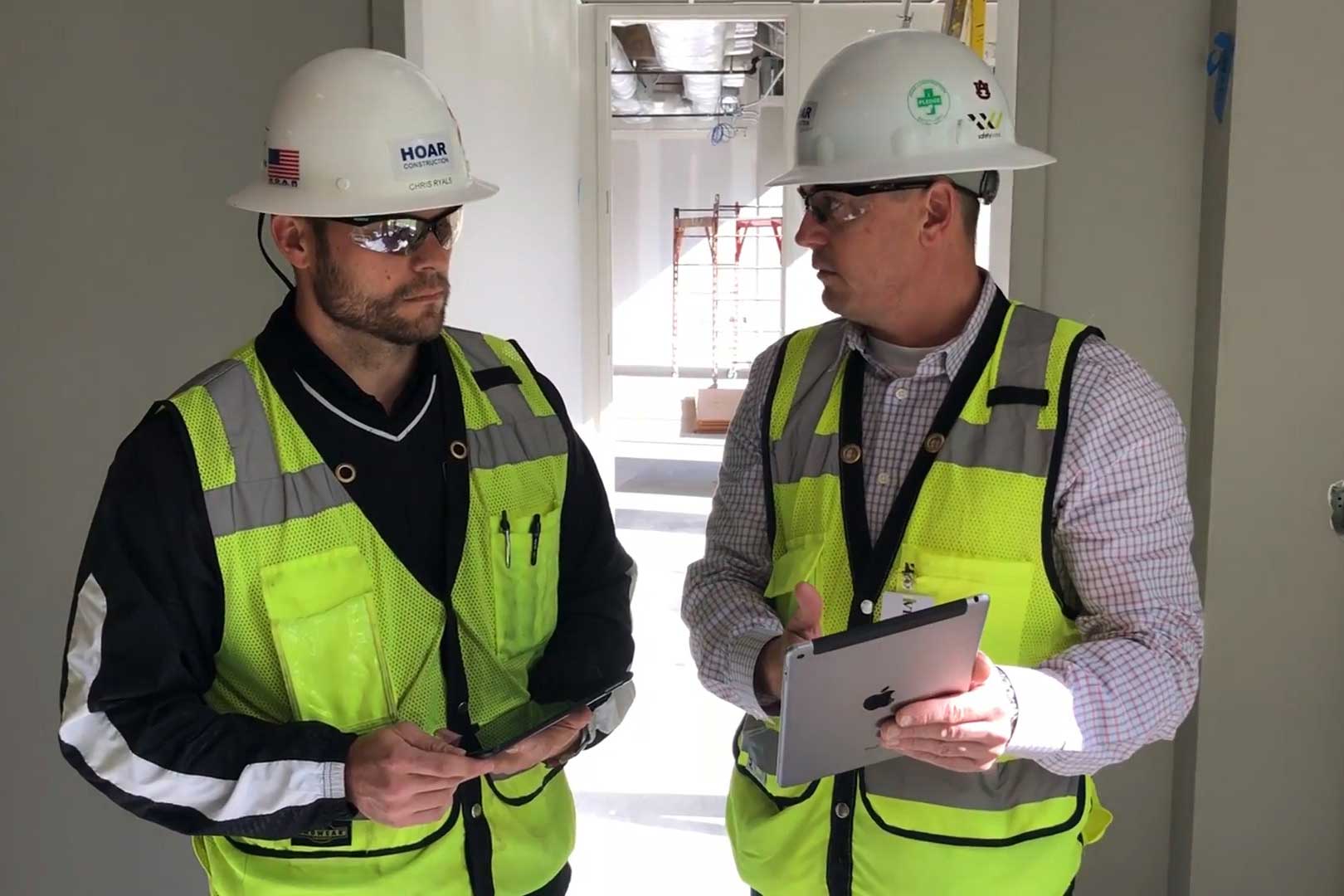
Imagine getting behind the wheel to take a driving test before getting your license. Your instructor is watching closely to make sure you do everything on their checklist. Turn signal before turning? Check. Come to a complete stop at a stop sign? Check. The instructor is going to assess your safe driving skills based on your ability to take every precaution to eliminate hazards while driving. Now imagine if instead, they graded you based solely on the number of accidents you got in while driving. That doesn’t really seem like an effective way to determine how safe a driver is, does it?
Working in construction and driving a car are very different, but the point is — being safe while doing either job requires a proactive approach to safety. If you swerve into a lane but steer back just in time to avoid an accident, you’ll probably fail your driver’s test. But if a company has multiple near misses, but no accidents, they could still have a very low EMR. That’s why we strongly encourage our clients to look past the EMR, to find out if their contractors are truly working safely.
First, an EMR, or Experience Modification Rate, is the number insurance companies use to determine a company’s risk based on their past number and cost of injuries. Typically, an owner will look at a potential contractor’s EMR to determine if they’re a safety risk or not. The lower the EMR, the safer the contractor, right? The problem is, an EMR only shows if a company has had accidents that caused injury and led to a workers’ compensation claim. An EMR does not include near misses, unsafe working conditions, or non-injury accidents that caused property damage. If you hire a contractor based on their EMR alone, it doesn’t necessarily mean they won’t cause an accident on your job site. It just means they haven’t had that many injury accidents yet. Here are three questions you should ask your contractor about their safety practices, beyond their EMR.
1. What leading indicators do you track?
EMR is an example of a lagging indicator because it’s data that’s recorded after the fact. Anything that is reactive in nature, like the number of incidents, accidents, or an employee’s days away from work are considering lagging indicators. Leading indicators are proactive because they are data you can track that shows steps you are taking to prevent accidents. For example, we use Jobsite Safety Inspection checklists and Pre-Task Safety Analysis Surveys on every job, before we begin any new task or phase of work. These tools allow us to proactively look for potential dangers and take preventative action. Other leading indicators we track are the number of hours we spend in safety training, the attendance of safety meetings, and routine audits of our safety practices in the field.
2. How do you apply your lessons learned?
It’s not enough to just track leading indicators, you have to be able to use the information to improve your safety practices moving forward. If there’s a near miss on our job site, we stop work and investigate what happened. Our goal is to identify what went wrong, figure out how to prevent it from happening again, and then communicate that information across our company. We’re human. Mistakes happen. It’s what we do after the mistake that matters. For us, any lesson learned that can help prevent an incident in the future is invaluable information.
What recent changes have you made to your safety practices? If a company is tracking leading indicators and learning from their mistakes, it stands to reason they are adapting their safety programs along the way. You don’t want to hire a contractor that sees safety as a box to be checked, instead of an indispensable, evolving program. This question will also help you find out if they incorporate new technology into their safety practices. We have had great success using technology to work safer. By giving our employees access to construction drawings, safety reporting forms, and company-wide safety alerts on their phones or personal devices, we’re able to communicate in real time and help them keep safety at the front of their minds and the tips of their fingers.
Hiring a safe builder is critical to your project’s success. Someone who doesn’t proactively take measures to prevent accidents can cause injury, property damage, and increased cost to your project. Ask your potential contractors these three questions to look beyond the EMR and hire the safest and best choice.

